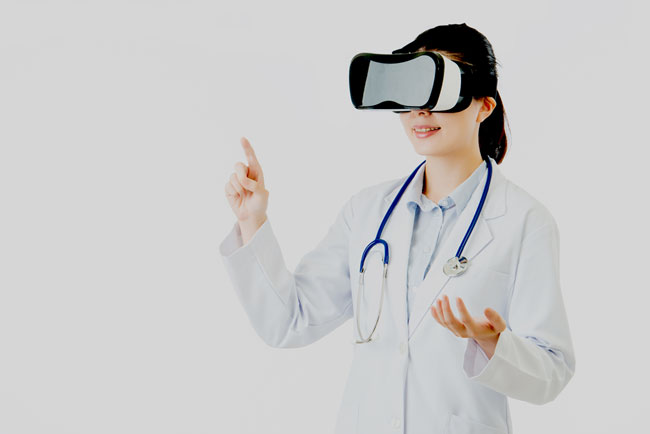Virtual reality has been incorporated – world forerunner in ICT exploration and examination – among the patterns of this 2019, assessing that, by 2022, 70% of organizations will outfit themselves with vivid reality advances. Yet, what are we referring to when we allude to augmented reality? Of a three-layered space expounded on the PC, of a reenacted climate where it is feasible to drench oneself and with which one can cooperate as though it were genuine.
How? IT gadgets like 3D watchers, gloves, shoes or headphones project the wearer into a reasonable computerized world. Specifically, the 3D watcher – likewise called VR watcher or VR glasses – is that gadget looking like a protective cap or glasses that permits you to carry on with a tactile encounter inside a vivid computer-generated experience: developments like turning your head, lifting it towards the ‘up or down and strolling, are followed by the watcher which, along these lines, will adjust the view and the viewpoint offering rational recreations of the climate.
Virtual reality: the areas of use
Through the simulation of any context and environment, virtual reality can make us experience the most diverse experiences firsthand. There are many VR apps in circulation today (over 2,000 only on the iOS store), and they immerse us in simulated spaces, eras and places.
In what areas is virtual reality used? The first in order of time is that of gaming, with playful multimedia content for business development in entertainment.
We moved on to cinema, tourism, design, and automotive video games. And today, immersive virtual reality allows you to visit exhibitions and museums remotely – reconstructing entire archaeological sites in 3D – to see, before going in person, computer-generated tourist resorts, try on clothing in virtual dressing rooms before buying them and, thanks to 3D rendering software, build virtual homes to check for any design flaws.
Today, however, the most exciting applications concern the medical field: here, virtual reality is used, for example, in surgery, where it has made it possible to improve delicate operations such as those on the spine and spinal cord; for motor and cognitive rehabilitation; for attention and memory disorders and autistic children. Virtual reality in the medical field is also used for the training and education of doctors and students and to analyze and test new techniques and therapies.
Virtual Reality: Applications In The Hospital
A first practical example of application in the medical field comes from the IRCCS, where a healing path based on virtual reality is being tested. In practice, it is a virtual room in which objective reality is reconstructed, with all the cognitive stresses, whose function is rehabilitation the post-stroke, in the initial stages of senile dementia or the treatment of diseases such as Parkinson’s: thanks to immersive virtual reality, it is possible, for example, to facilitate the elderly patient’s return home, simulating situations of daily life in a controlled and hazard-free environment.
At the Cesare Arrigo pediatric hospital in Alessandria, on the other hand, applications have been developed to be used with a 3D viewer. Here, the child, to be subjected to a diagnostic assessment or to be reassured in the event of an examination or intervention, to relax and distract him, is made to wear a helmet and immerse himself in a colorful film. Two plots for the moment: a journey under the sea led by a small fish in search of coins and other treasures or an adventure in a snowy environment led by a penguin.


